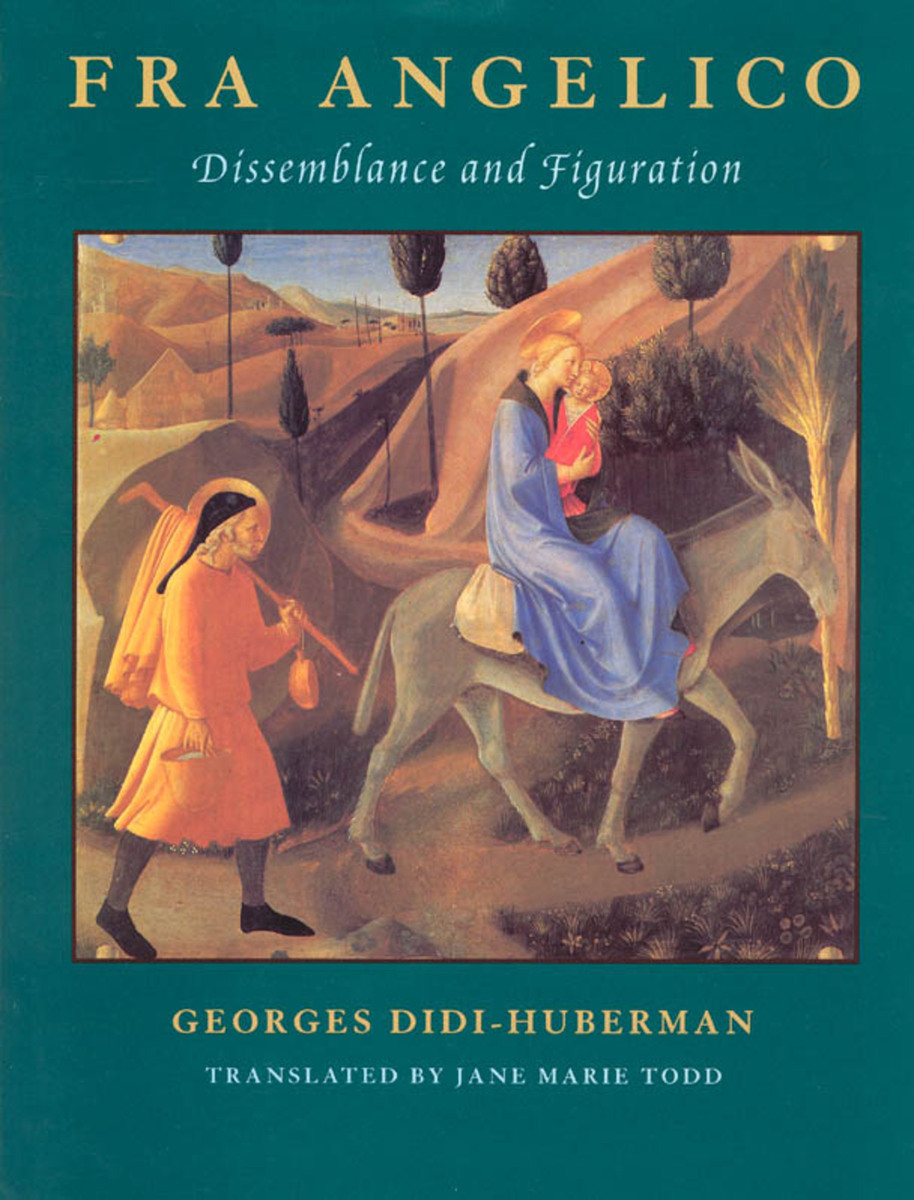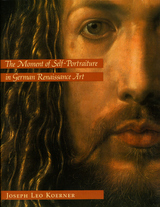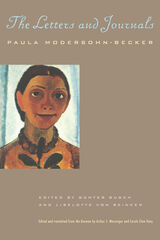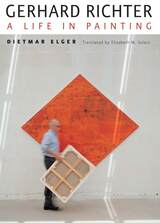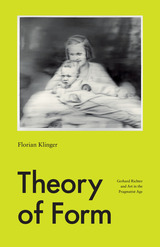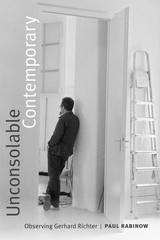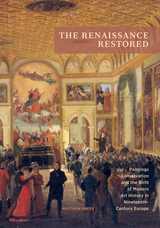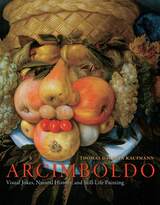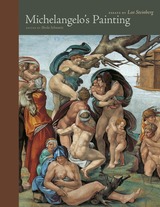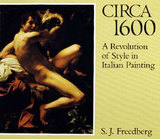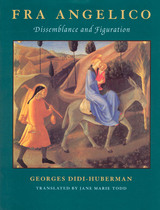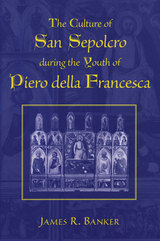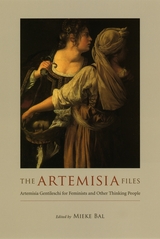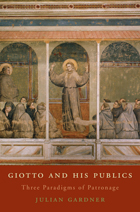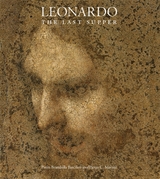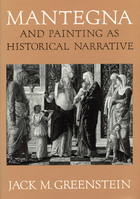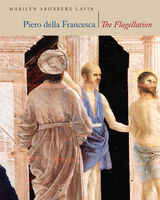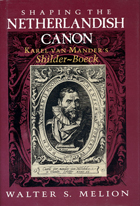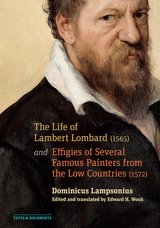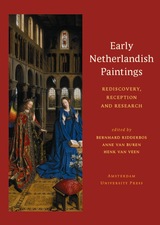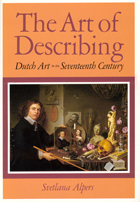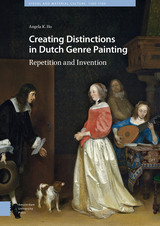Fra Angelico: Dissemblance and Figuration
University of Chicago Press, 1995
Cloth: 978-0-226-14813-7
Library of Congress Classification ND623.F5D5313 1995
Dewey Decimal Classification 759.5
Cloth: 978-0-226-14813-7
Library of Congress Classification ND623.F5D5313 1995
Dewey Decimal Classification 759.5
ABOUT THIS BOOK | TOC
ABOUT THIS BOOK
The traditional story of Renaissance painting is one of inexorable progress toward the exact representation of the real and visible. Georges Didi-Huberman disrupts this story with a new look—and a new way of looking—at the fifteenth-century painter Fra Angelico. In doing so, he alters our understanding of both early Renaissance art and the processes of art history.
A Florentine painter who took Dominican vows, Fra Angelico (1400-1455) approached his work as a largely theological project. For him, the problems of representing the unrepresentable, of portraying the divine and the spiritual, mitigated the more secular breakthroughs in imitative technique. Didi-Huberman explores Fra Angelico's solutions to these problems—his use of color to signal approaching visibility, of marble to recall Christ's tomb, of paint drippings to simulate (or stimulate) holy anointing. He shows how the painter employed emptiness, visual transformation, and displacement to give form to the mystery of faith.
In the work of Fra Angelico, an alternate strain of Renaissance painting emerges to challenge rather than reinforce verisimilitude. Didi-Huberman traces this disruptive impulse through theological writings and iconographic evidence and identifies a widespread tradition in Renaissance art that ranges from Giotto's break with Byzantine image-making well into the sixteenth century. He reveals how the techniques that served this ultimately religious impulse may have anticipated the more abstract characteristics of modern art, such as color fields, paint spatterings, and the absence of color.
A Florentine painter who took Dominican vows, Fra Angelico (1400-1455) approached his work as a largely theological project. For him, the problems of representing the unrepresentable, of portraying the divine and the spiritual, mitigated the more secular breakthroughs in imitative technique. Didi-Huberman explores Fra Angelico's solutions to these problems—his use of color to signal approaching visibility, of marble to recall Christ's tomb, of paint drippings to simulate (or stimulate) holy anointing. He shows how the painter employed emptiness, visual transformation, and displacement to give form to the mystery of faith.
In the work of Fra Angelico, an alternate strain of Renaissance painting emerges to challenge rather than reinforce verisimilitude. Didi-Huberman traces this disruptive impulse through theological writings and iconographic evidence and identifies a widespread tradition in Renaissance art that ranges from Giotto's break with Byzantine image-making well into the sixteenth century. He reveals how the techniques that served this ultimately religious impulse may have anticipated the more abstract characteristics of modern art, such as color fields, paint spatterings, and the absence of color.
See other books on: Didi-Huberman, Georges | Human figure in art | Individual Artists | Symbolism in art | Todd, Jane Marie
See other titles from University of Chicago Press
